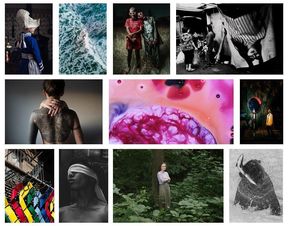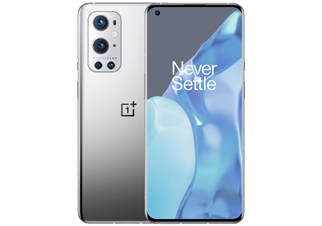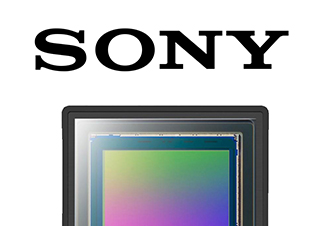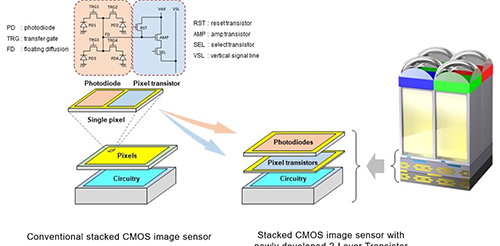Speaking about the launch, Fumiyasu Fujimori, Divisional Director, Consumer Sales Division at Panasonic India said, “At Panasonic, we are bullish about introducing consumers to cutting edge technologies through our diverse and future-proof range of products. Keeping the consumer requirement at the core, we have been relentlessly working towards upgrading the experience of our users through innovations, and the new LUMIX BS1H is a step ahead in this direction. With a surge in online content consumption, we have seen a rise in demand for high quality imaging solution to create superior content and LUMIX BS1H will cater to this growing need amongst the professional community and empower them with the best in class technology. Box-style cameras from LUMIX have proved their competency in applications as varied as Augmented Reality and 3D Video Production globally and we are confident that this model will do so in India as well.”
Panasonic’s new LUMIX BS1H is a cutting-edge professional image product intended to meet the needs of cinema, live-streaming, and other multi-camera customers. The LUMIX BS1H promises the best of both worlds for filmmakers looking to customise their setup for higher-end productions, as well as a better continuous recording/streaming camera for live video and other longer-form video productions, with features such as 6K video, multiple recording modes, and high connectivity and mobility. The LUMIX BS1H is capable of providing 6K resolution that delivers smooth and fine video quality, as well as a variety of recording settings that let users to capture spectacular photos in any situations by making the most of the pixels in the full-frame image sensor. The LUMIX BS1H also has heat management, which allows for long-hour use without the need for fast pack-ups during shots.
Mr. Hardeep Sarna, Sales & Marketing Head, Imaging Business Group, Panasonic India added, “With the launch of LUMIX BS1H, we aim to fulfill the demand of the professionals who are on a lookout for new-age innovations which not only meet the varied requirements of videography but also prove to be a long term camera partner. Equipped with features for exceptional video recording, seamless production, options for live streaming, LUMIX BS1H is an extension of innovation in box style cameras in Cinema and is an ideal solution for professionals across business segments. The versatility of this camera is evident in its applications ranging from wedding, documentary making, cinema and OTT platforms to usage on FPV drones and in medical and industrial settings, following the lead of the Lumix BGH1.”
The LUMIX BS1H is a high-definition companion that has capabilities such as HDMI/SDI Output, Genlock IN/OUT, and Timecode IN/OUT. The camera contains Double SD Card Slots, 3.5 Audio (in/out) port, USB 3.1 Type-C, a 3G-SDI (BNC), HDMI Type-A, Wi-Fi, Bluetooth, tally lighting (front/rear), and XLR microphone compatibility to provide customers with outstanding and hassle-free communication. Furthermore, the camera retains Panasonic’s V-Log format and has 14+ stops of V-Log/V-Gamut, allowing users to shoot photos with more than 14 stops of dynamic range in a very wide colour spectrum. The camera also has HDR recording with HLG and RAW Video Data Output (Apple ProRes RAW / Blackmagic RAW), allowing for high-image-quality recording with minimal noise even in low-light conditions like indoors or at night.
Key features:
- Video Performances with Cinema Quality
- 24.2MP Full-frame Sensor
- 6K 24p / 5.9K 30p 10-bit Video Recording
- C4K/4K 60p/50p 10-bit on APS-C Crop
- C4K/4K 30p/25p 4:2:2 10-bit Full Frame Recording
- RAW Video Data Output (ATOMOS Ninja V / Blackmagic Video Assist 12G HDR)
- Dual Native ISO
- 14+ stops of V-Log/V-Gamut
- ISO range of ISO 100-51200, extendable up to ISO 50 – 204800
- HFR recording on FHD 120fps along with Sound and AutoFocus
Pursuing Usability in Video Production
- Ethernet / PoE+ compatible
- Remote Control upto 12 cameras with LUMIX Tether for Multicam
- USB/LAN Tethering
- IP Streaming with PC (RTP/RTSP protocol)
- Simultaneous HDMI/SDI Output
- Genlock IN / Timecode IN/OUT
Flexible Expandability
- Ultra Compact & Lightweight
- Unlimited Rec Time
- SDK supported for Industrial usage and integration with customer’s applications.
- Power Supply Options (AC Adaptor / Battery / PoE+)
- Multiple Standard Mounts for rigging the camera







.jpg)
.jpg)
.jpg)
.jpg)
.jpg)
.jpg)
.jpg)
.jpg)
.jpg)
.jpg)
.jpg)










